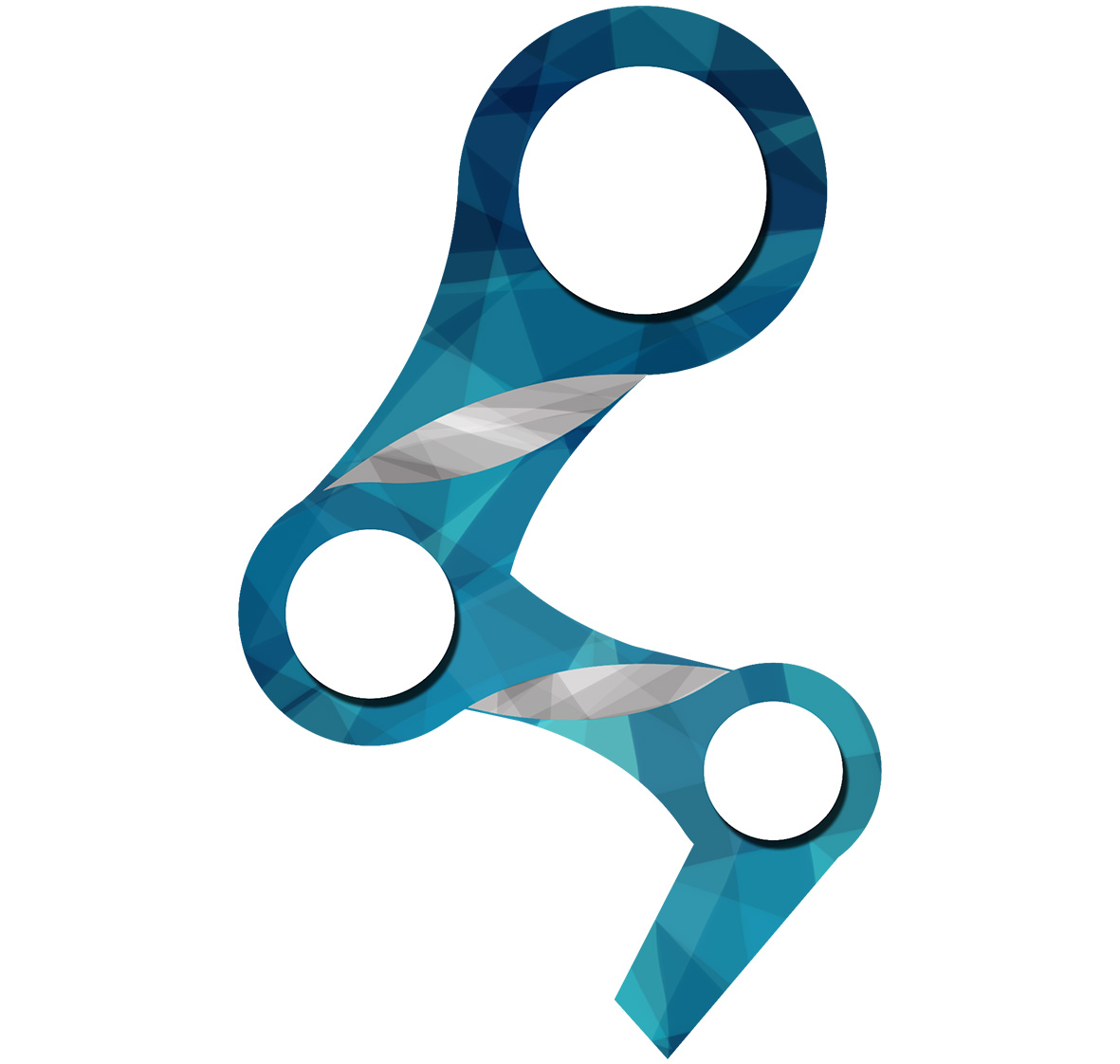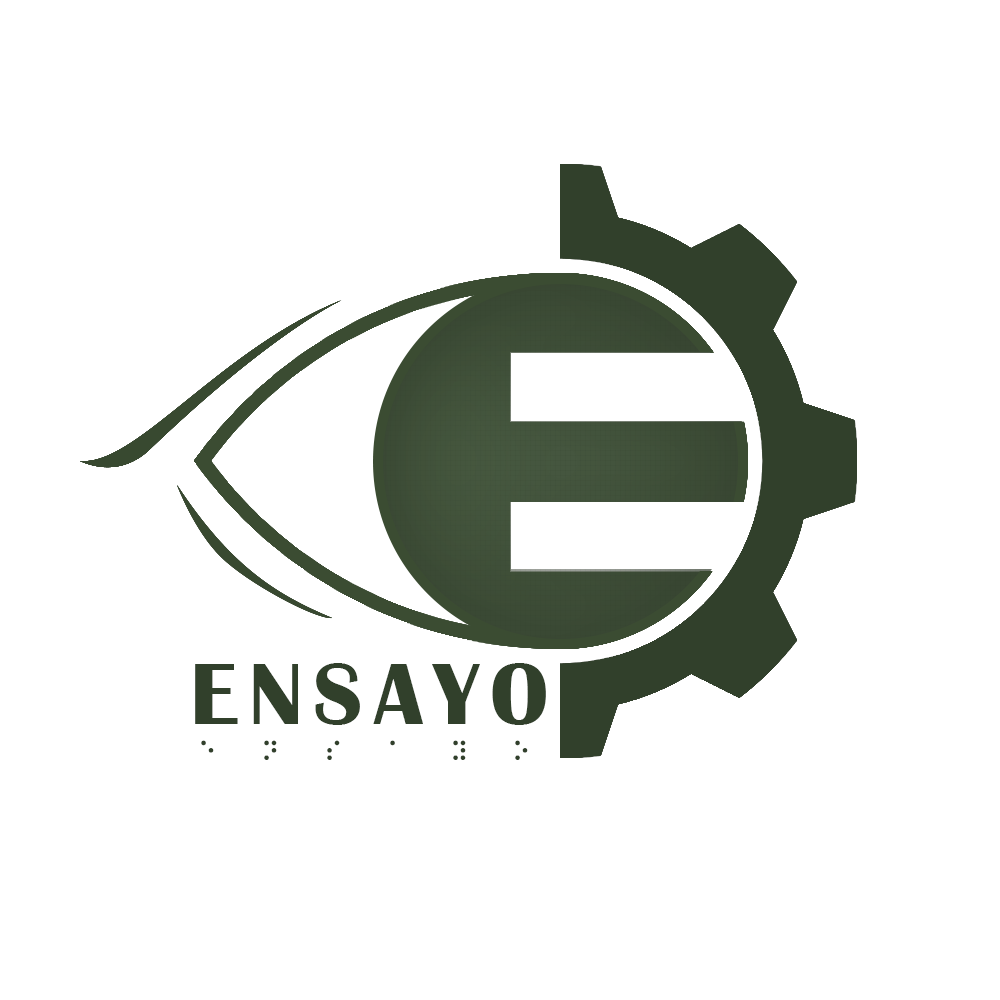Research Projects
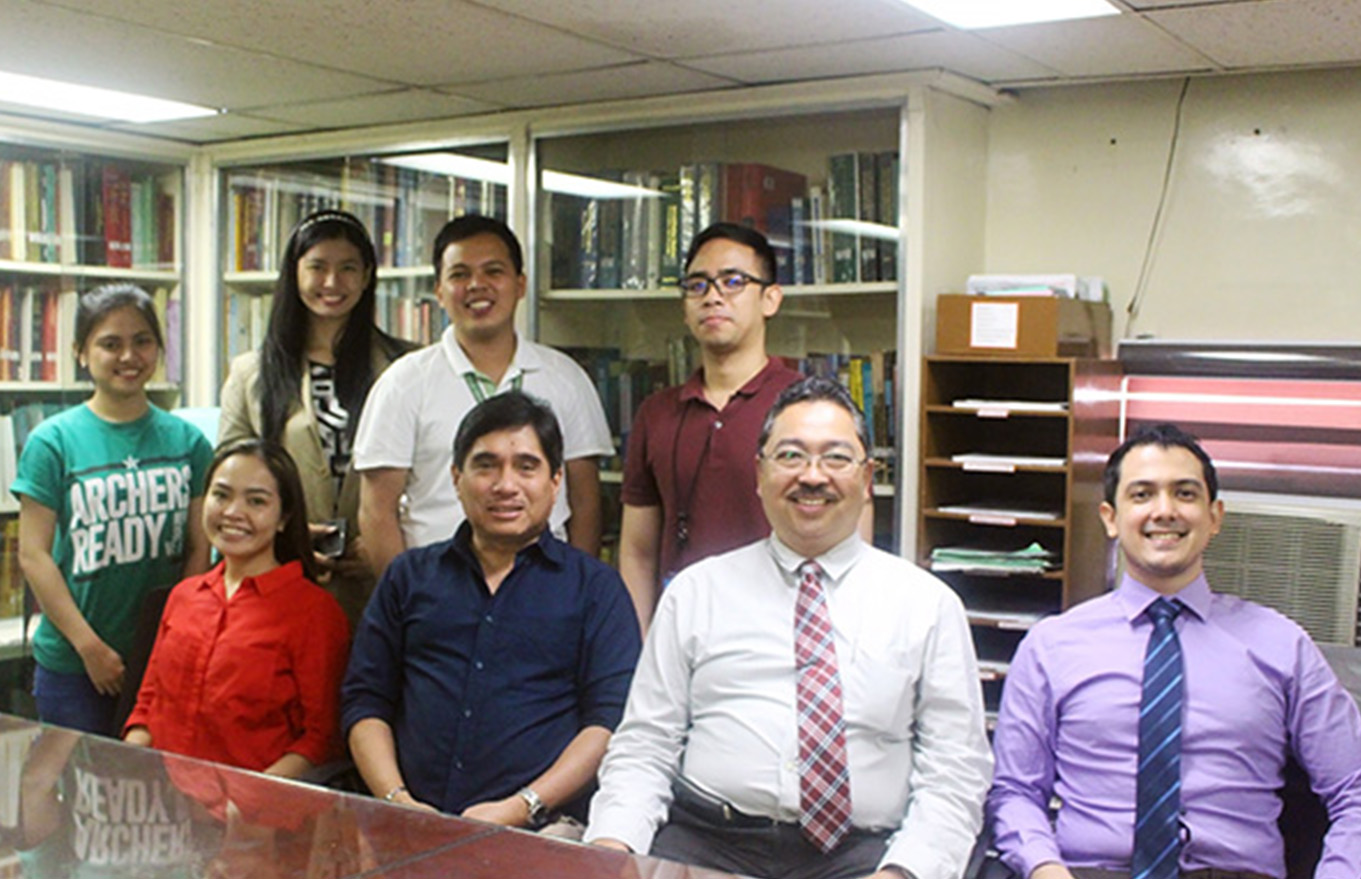
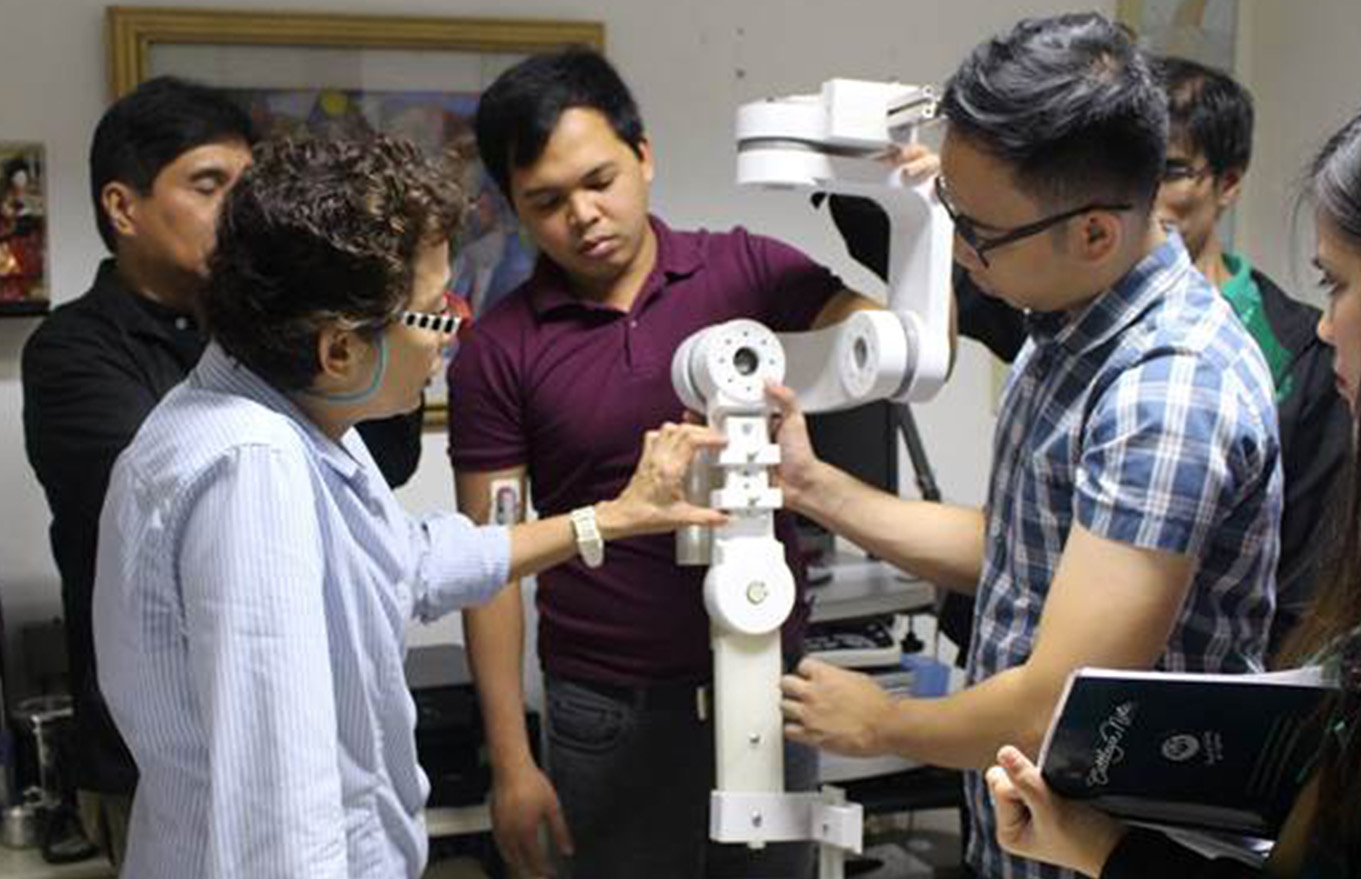
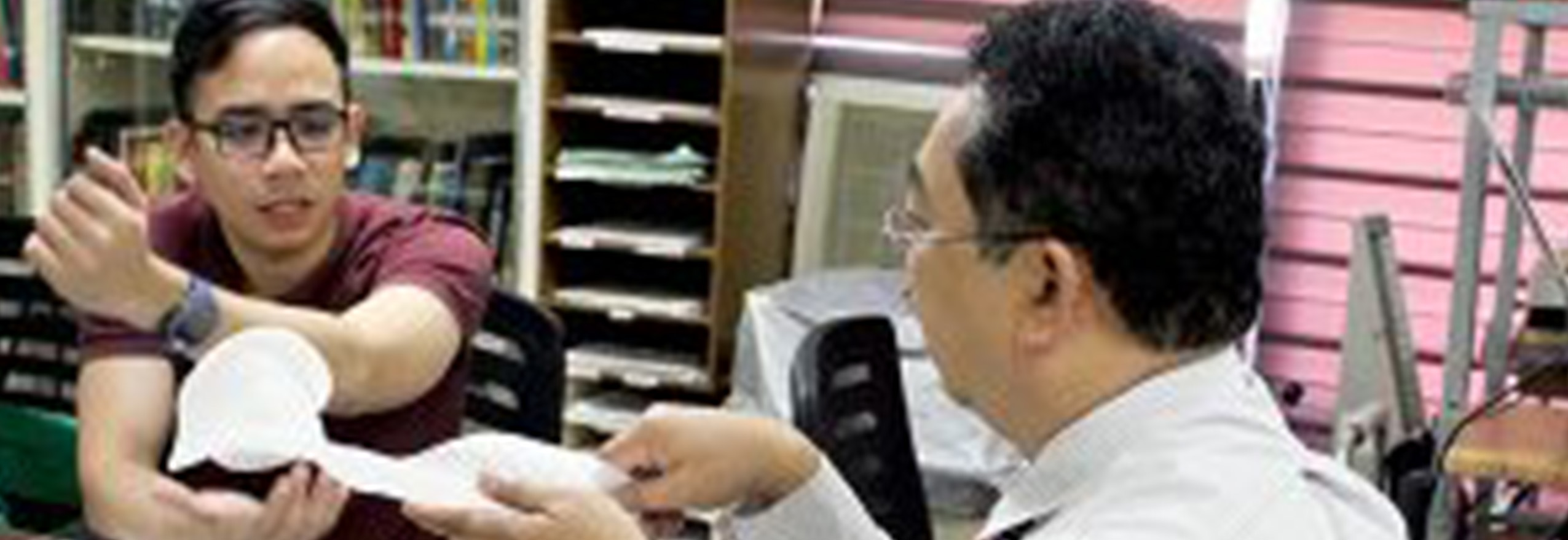
The Agapay Exoskeleton is a 3D-printed wearable robot that is biomimetically designed to account for all the movements of the upper limbs. This device shall provide post-stroke and injured patients with a cost-efficient and high performance rehabilitation system. The robotic exoskeleton provides a safe, comfortable and user-friendly experience during therapy exercises. It is actuated using high power brushless DC motors attached to an adjustable and lightweight frame. A real-time biofeedback system is integrated to record neuromuscular activity using surface electromyography (sEMG). This device shall be able to perform active and passive motion exercises through gamification using integrated haptics and a graphical user interface.
The Agapay Project is an interdisciplinary effort which involves disciplines from the Manufacturing Engineering and Management (MEM) Department, Electronics and Communications Department (ECE) and the Physics Department. Furthermore, we have links to medical practitioners to ensure the clinical significance of our device. Our team includes medical doctors from the Department of Rehabilitation Medicine from the University of the Philippines – Philippine General Hospital (UP-PGH).
Funding Agency: Department of Science and Technology – Philippine Council for Health Research and Development (DOST-PCHRD)
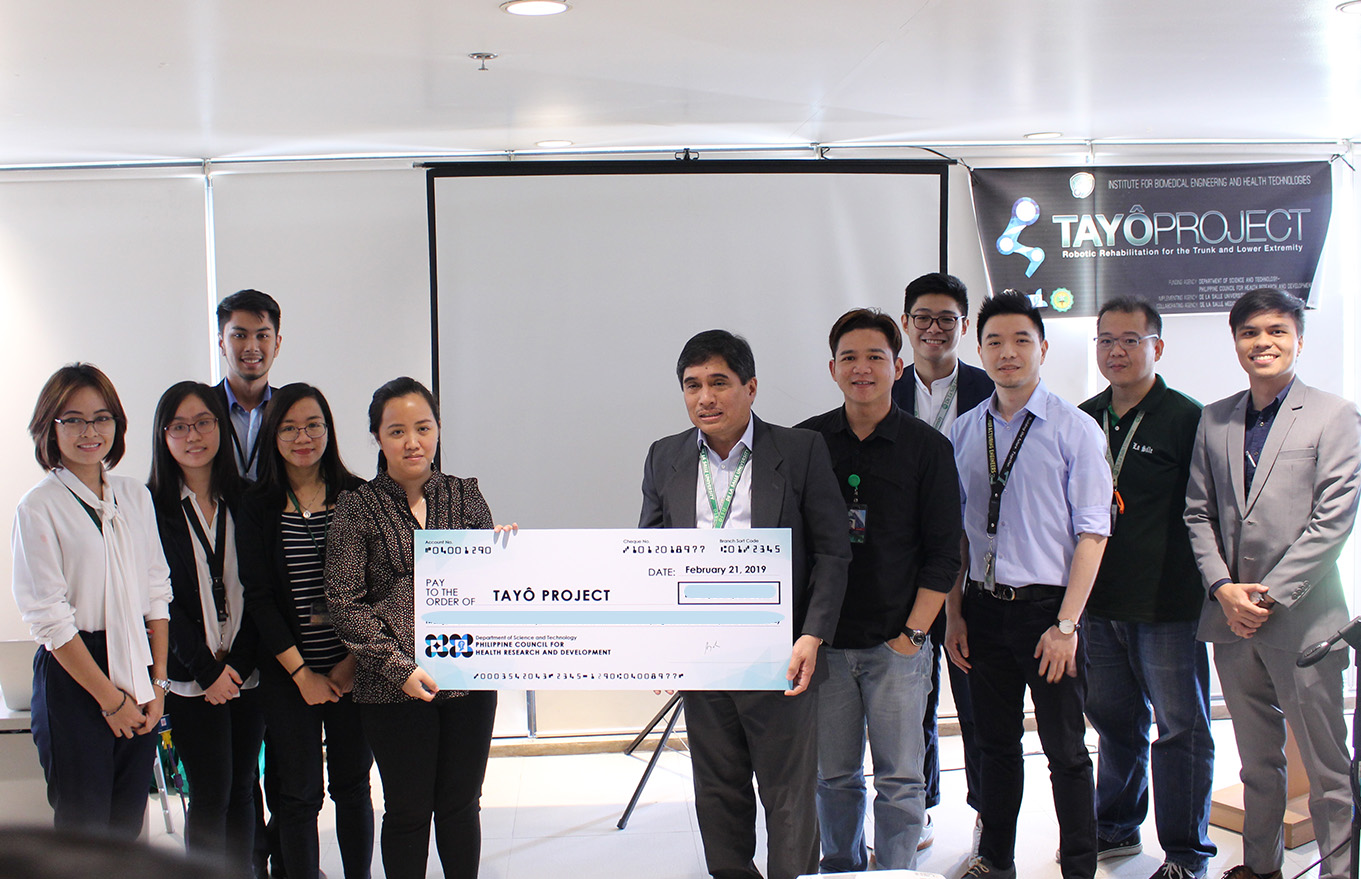
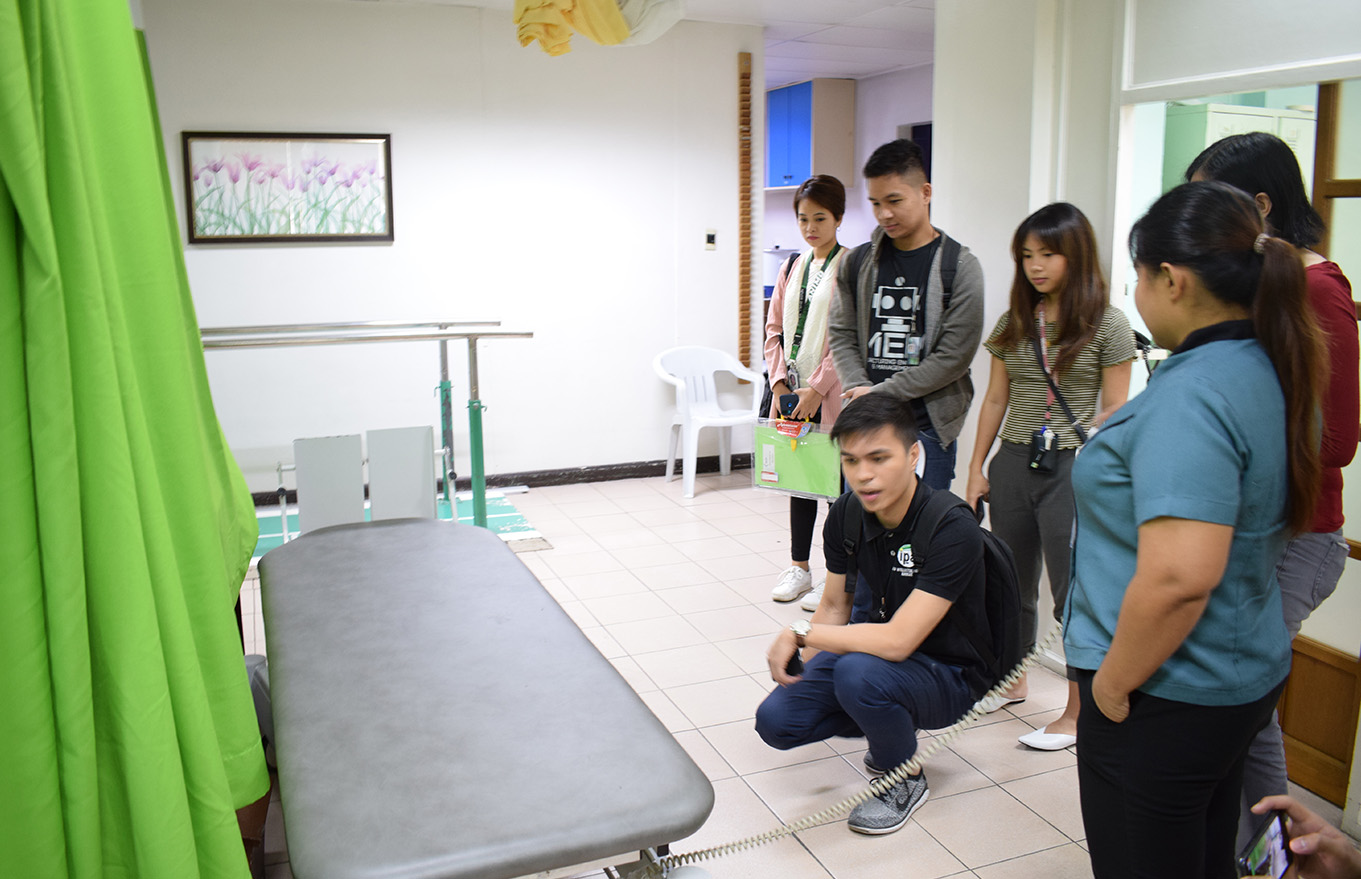
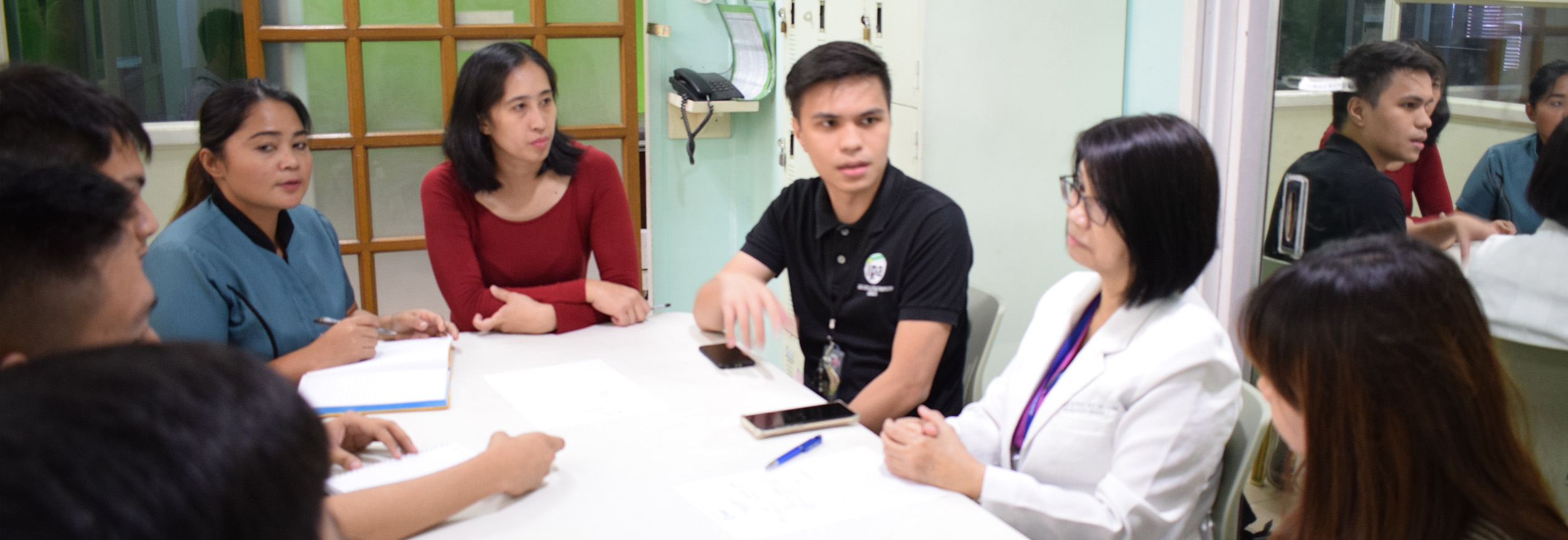
TAYÔ (Filipino) means to stand.
This is a multifunctional robotic device for early trunk and lower limb rehabilitation initially for stroke patients with a motor grade of 0 to 2, other neurologic deficits, and other deconditioned patients needing bed mobilization, that restores the needed range of motion (ROM), regains their strength, and recovers their ability to stand from a sitting position through performing passive, active-assist, or active-resist exercises, and various gamification software that would cater to their specific requirements.
It is designed to have at least 5 degrees-of-freedom that include Trunk, Hip, and Knee movements. These movements were intended to execute different positions such as supine, sitting, and standing. Ankle motions will soon be incorporated. A real-time biofeedback system is integrated to record neuromuscular activity using surface electromyography (sEMG). The team includes experts in Physical and Rehabilitation Medicine from the De La Salle Medical and Health Sciences Institute.
Funding Agency: Department of Science and Technology – Philippine Council for Health Research and Development (DOST-PCHRD)
An Immersive Technology for the Blind and Visually Impaired (BVI) using Virtual-based Orientation and Mobility Training Facility
Project Ensayo aims to develop an immersive technology for the blind and visually impaired using a virtual-based orientation and mobility training facility. The system will try to address the current challenges identified by the World Blind Union that include orientation and mobility (O&M): accessing the built environment, using transportation, and access to mobility training. This project will enable researchers to conduct their testing with actual BVI patients in a controlled simulated environment.
Funding Agency: Department of Science and Technology – Philippine Council for Health Research and Development (DOST-PCHRD)



